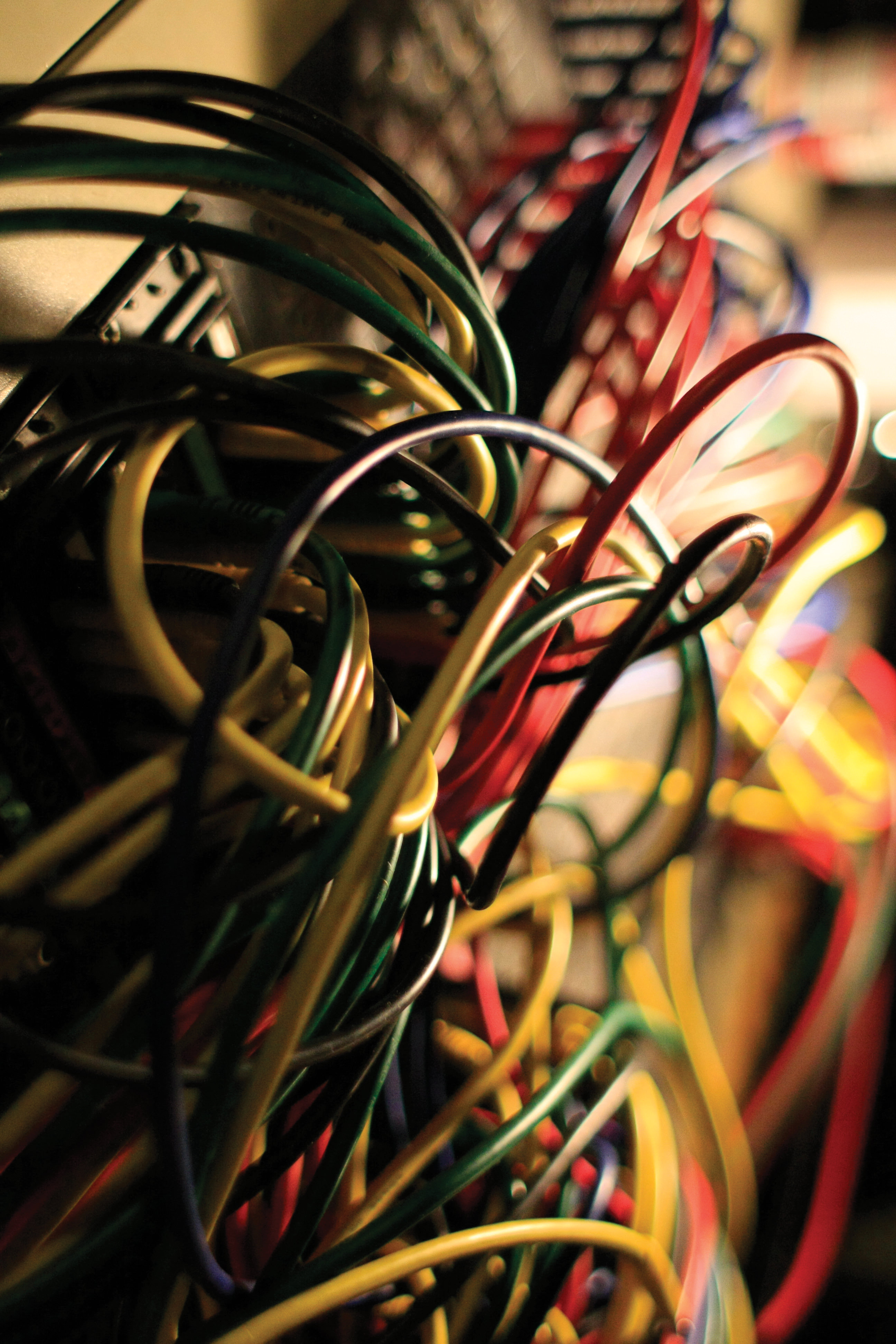It's timely that you'll find a review of the Yamaha TF1 digital mixer in this issue. The TF1 is a 32-channel console featuring 16+1 motorized faders, with 16 fader and “OMNI Out” channels of analog I/O, easily expandable to 32. It has a touchscreen with gestural control, it's networkable, it can operate as a 34-channel USB audio interface, and you can control it wirelessly from a tablet or phone. It can do all this, it's small enough to rackmount, and it sounds great. 30 years ago, in 1987, Yamaha released the groundbreaking DMP7 digital mixer. It too had motorized faders and was sized perfectly for rackmounting; but its user-interface was based on a tiny backlit LCD screen and a bank of pushbuttons (like other revolutionary, ‘80s-era digital audio products from Yamaha, including the DX7 synthesizer and SPX90 effects processor). The DMP7 was limited to eight fader channels, and it sounded hissy and gritty, but its $3,700 price made it the first affordable console — digital or analog — with full recall and support for external automation. It was quickly adopted by forward-looking project studios and touring keyboard players alike. In January of 1988, I became an early employee of Digidesign (now Avid), helping to develop the product that eventually became Pro Tools, and I distinctly remember playing with the DMP7 for the first time in our studio; I realized then that the digital revolution was about to kick into high gear. A couple years later, I was working with professor and composer Tod Machover and cellist Yo-Yo Ma; two DMP7s chained together played an integral part in the production of our live show. Since then, I've had the opportunity to use countless other digital mixers, including the 02R, 01V, and DM1000 from Yamaha. If the DMP7 broke ground, then the 02R became the foundation for the digital project studio revolution soon after it was released in 1995. The 02R was the mixer you would see as the centerpiece in so many project studios and post-production rooms, not only because of its expansive set of built-in audio tools and its open I/O framework, but also for its transparent sound and budget-friendly price. For many of my colleagues, the 02R was their introduction to digital mixers. In 1998, the 01V lowered the cost of entry further, and it was the first digital mixer that I recommended to home recordists. At the end of 2003, I received a DM1000 [Tape Op #41] on loan, and in my review published here a few months later, I expounded on the console's intuitive set of controls, its expandability, its clean sound, and its incredible features-over-cost ratio. Looking back, I've been a fan, user, and owner of Yamaha digital mixers for 29 of the 30 years that the company has been manufacturing them. I own a Yamaha DM2000 now, a design that dates back to 2002; in my opinion, its feature set and its sound are still relevant today. And of course, the TF1 that I reviewed in this issue is mindblowing for what it offers at its price. Going into 2018, Yamaha's catalog includes updated models of the 02, 01, and DM series, as well as the PM5D, which has been a standard for large-scale live sound for more than a dozen years. The M7CL and LS9 series are the medium and small–scale descendants of the PM series. The CL and QL series offer modern UIs and iPad integration, and the TF series showcases TouchFlow operation. Meanwhile, the Rivage PM10, as the current bearer of the PM name, is the new flagship. For more history, check out the fun, interactive timeline that Yamaha published for its 30 Years of Digital Mixing.

